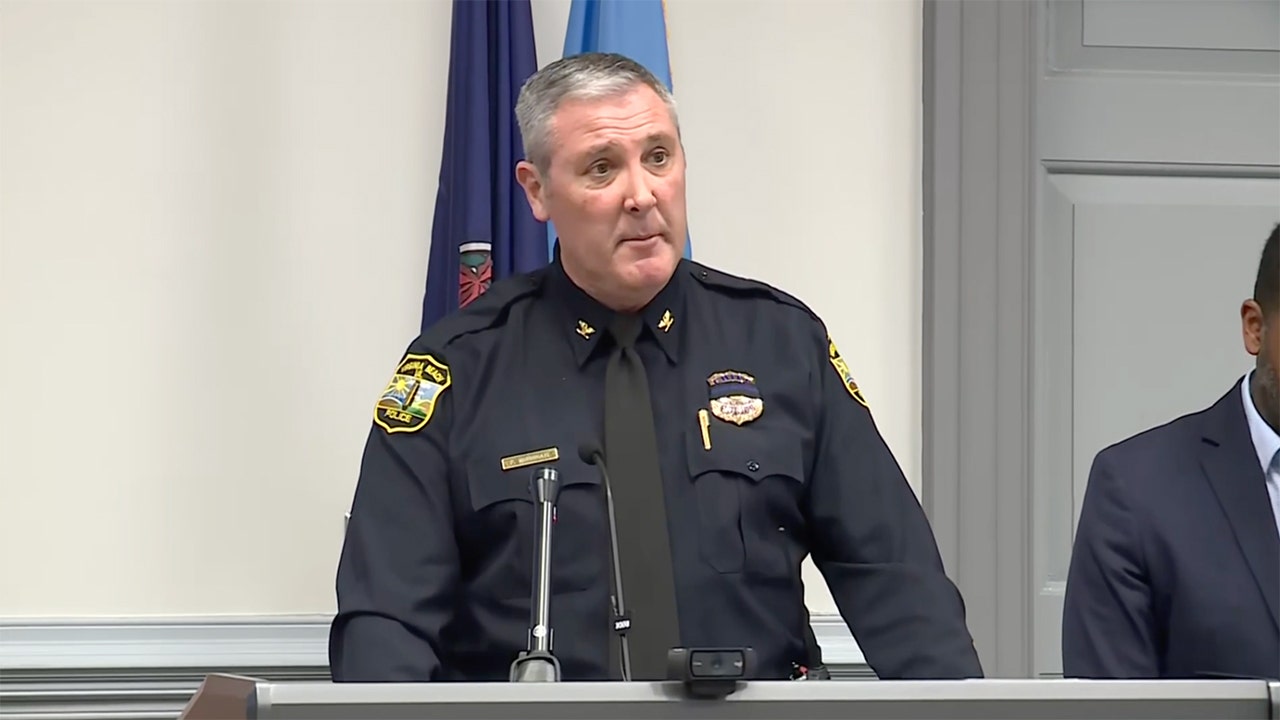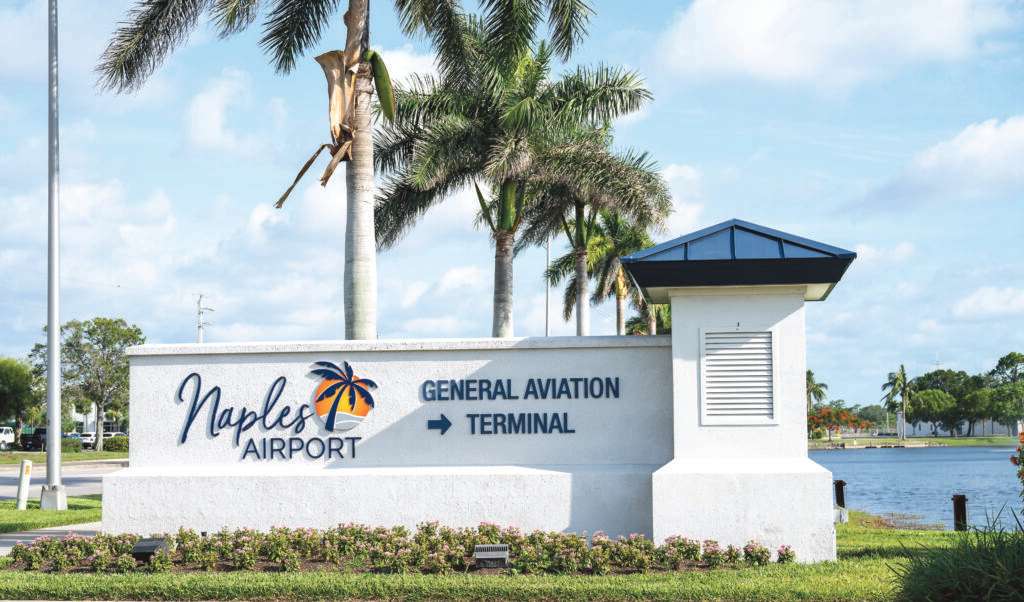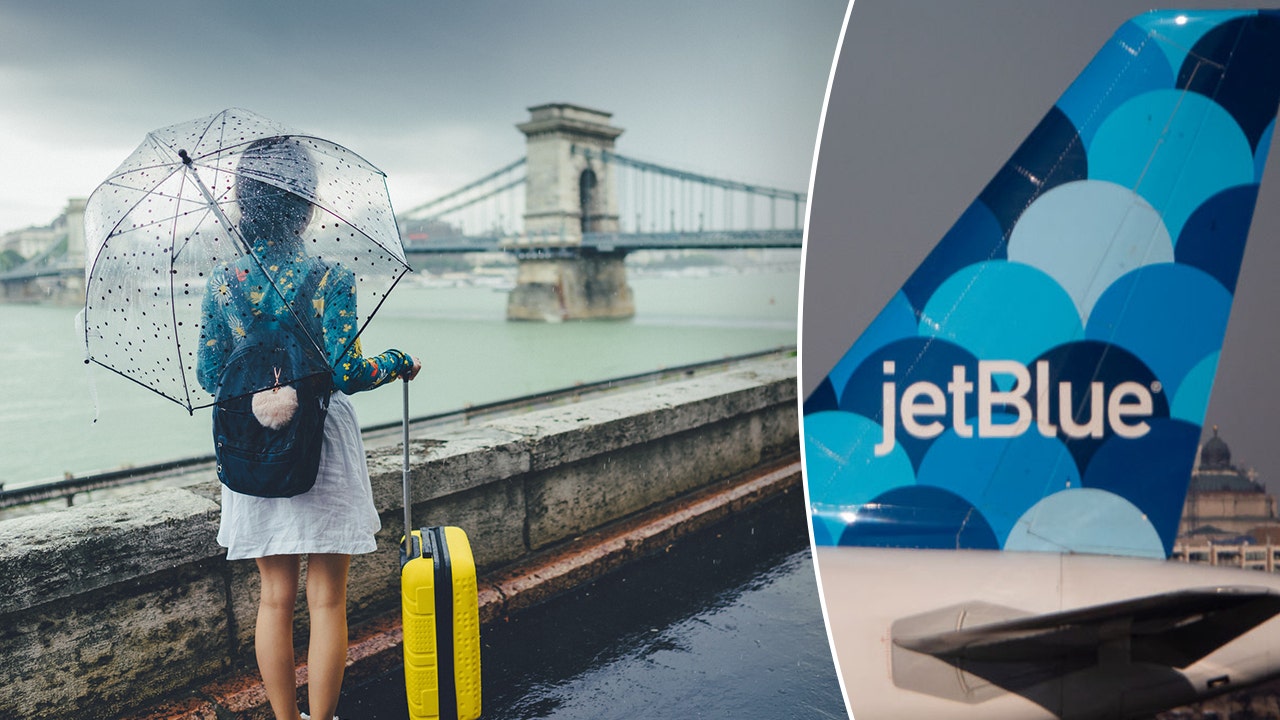Florida school bus cameras generate millions for schools, serving as a crucial mechanism for protecting student safety while also creating significant revenue. These cameras have emerged in counties such as Hillsborough, Miami-Dade, Polk, and Santa Rosa. Their primary function is simple yet vital: they capture instances of drivers unlawfully passing stopped school buses, moments that are all too common yet dangerous. Through recent footage, there have been heart-stopping encounters, like the one where a car narrowly avoids a child who fell on the road while trying to reach the bus. The thought of such incidents makes one reflect on the life-and-death decisions made in mere seconds.
As school board member Patti Rendon remarked, “Our students are safer every day that we have these cameras on our buses.” Her words resonate deeply when considering the staggering statistics; in just the first few months of the school year, over 100,000 violations were recorded. This is not simply about penalties; it is about protecting the lives of children who rely on school transportation. It’s a poignant reminder of the continuous dangers lurking in what should be a safe routine.
School bus cameras generate millions of dollars
The financial implications of this program are equally striking. For instance, in Polk County alone, the first four months of the school year saw nearly 7,000 violations, resulting in almost $600,000 in collected fines. In Hillsborough County, the situation is even more pronounced, where over 55,000 violations have generated upwards of $1 million in just two months. Surprisingly, Miami-Dade County gathered nearly $4.5 million between September and December, reflecting a growing trend that many may not have anticipated.
Yet the revenue generated from these automated cameras is mandated by law to be funneled back into school safety efforts. This means funds help maintain the cameras and support educational programs, creating a cycle of safety and financial support for schools. Such measures reflect a broader societal commitment to ensuring the protection of a vulnerable population—our children.
Who gets the money?
When breaking down revenues from Polk County’s violations from September to December, it reveals an almost methodical distribution. Verra Mobility, the camera vendor, receives 60% of the fines. The Polk County school district claims 30%, while the local sheriff’s office takes about 10% for their role in reviewing footage and issuing citations. This collaborative framework highlights the interdependence between educational institutions and law enforcement.
School bus cameras and the controversy behind the lens
Despite the positive intentions, the implementation of these cameras has stirred controversy. There are voices questioning the motivations behind them. “100% it’s a money grab,” said Lars Larson, a father from Tampa who received a citation. His assertion points to a deeper frustration felt by many drivers who might share his perspective. They see themselves caught in a web of technology that, to them, feels like it exists more for profit than for the noble aim of student safety.
Larson’s indignation illustrates a common dilemma. Upon reviewing the footage of his supposed infraction, he felt wronged, claiming he had just crossed the bus when the stop arm activated. Such moments of perceived injustice leave an emotional mark, raising questions about fairness and the human error inherent in any automated system.
“Are they just handing out tickets expecting people to pay?”
The sentiment shared by Larson is echoed by David Walker, another driver perplexed by his recent citation. Walker insisted he had already left his subdivision when he encountered the school bus. Such narratives highlight a broader concern over the due process associated with tickets issued via these cameras. The escalating tensions speak to an ongoing debate about accountability and transparency in a system designed to foster safety.
As a result, numerous drivers who wish to contest their citations face hurdles. Through our understanding, four and a half months into the program, a reliable legal process that allows individuals to defend themselves has yet to be established. School board member Rendon admits this oversight, yet she remains steadfast in her commitment to student safety over procedural concerns.
Yet, even amidst the chaos, the statistics are alarming: over 55,000 drivers in Hillsborough County have been recorded violating the law. Each number represents a child placed in jeopardy. It’s a staggering reality that catalyzes deeper introspection about societal norms and priorities.
Karen Coring, another driver waiting for her day in court, voiced her frustration about the perceived ticketing quota. “Are they just handing out tickets expecting people to pay it?” she pondered. Her contemplation serves as a poignant reminder that behind each citation is a personal story, a single moment in time that could lead to unintended consequences.
In the end, the school bus camera program elicits both support and skepticism. While there is a consensus on the importance of ensuring safety for children, questions about implementation and intent linger in the air. Ultimately, it cultivates a dialogue that could shape the future of transportation regulations, enhancing not just the safety of children but also the integrity of the systems that govern their daily journeys.
With schools on the frontline of fostering a safe environment, the hope is that all parties can arrive at a balanced approach, ensuring that protective measures do not compromise fairness or accountability while safeguarding the lives of those most precious—our children.





































